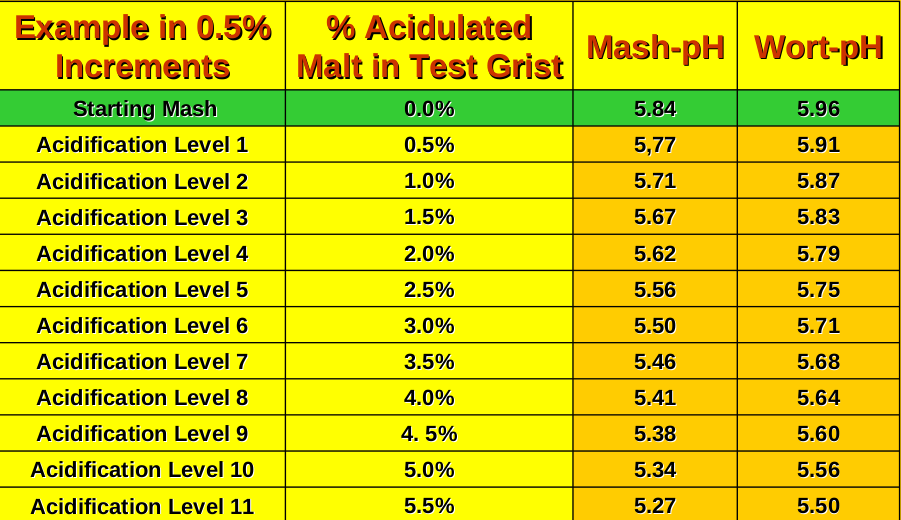Not added lactic acid in your mash for your water profile. Using RO water . My profile I built is
50 cal
0 mag
35 sodium
61sulfate
64 chloride
.4g gypsum mash & .3g sparge
1g CaCI mash & .7g sparge
I'm getting a ph of 5.24 with only 1.2ml of lactic acid in sparge none in the mash.
Grain bill is 12# viking red active malt.
Am I over thinking this ?
50 cal
0 mag
35 sodium
61sulfate
64 chloride
.4g gypsum mash & .3g sparge
1g CaCI mash & .7g sparge
I'm getting a ph of 5.24 with only 1.2ml of lactic acid in sparge none in the mash.
Grain bill is 12# viking red active malt.
Am I over thinking this ?











































![Craft A Brew - Safale BE-256 Yeast - Fermentis - Belgian Ale Dry Yeast - For Belgian & Strong Ales - Ingredients for Home Brewing - Beer Making Supplies - [3 Pack]](https://m.media-amazon.com/images/I/51bcKEwQmWL._SL500_.jpg)















